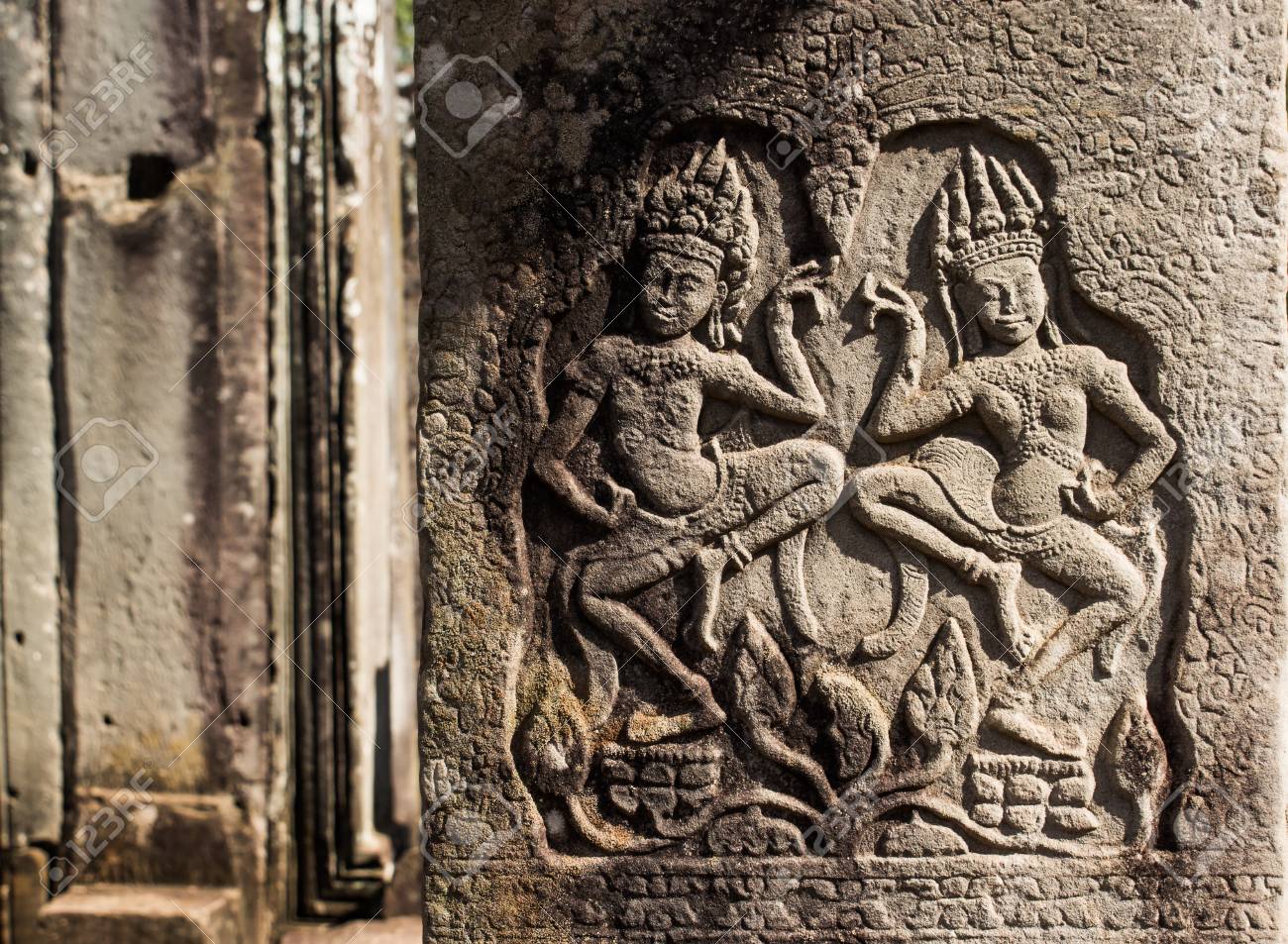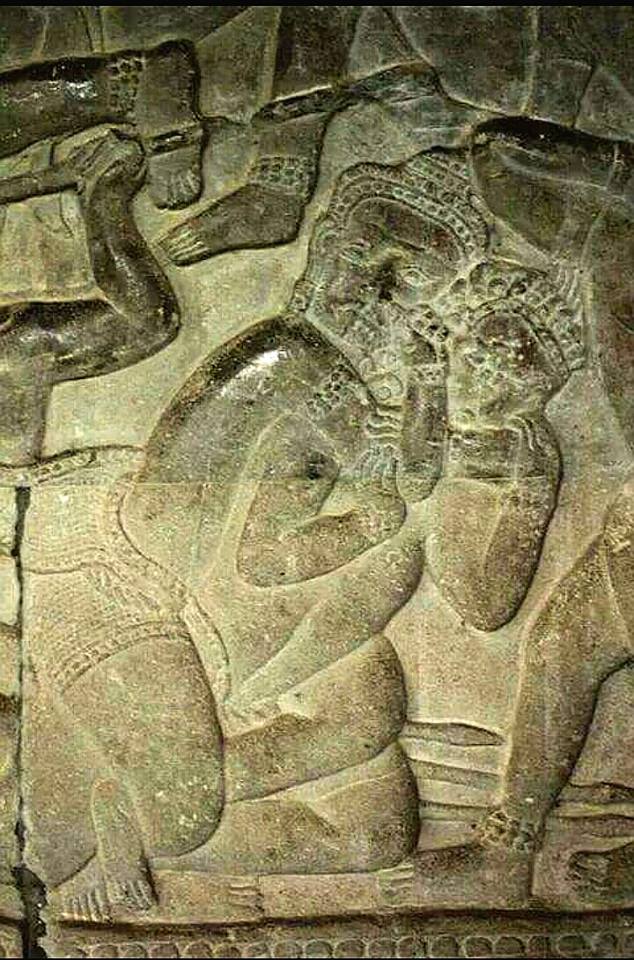- Joined
- Mar 16, 2014
- Messages
- 4,444
- Reaction score
- 2,344
Look at the mural of muay thai in relation to Bokator.
This is real historical evidence. And not a fake
mural of muay thai
View attachment 816595
mural of bokator
View attachment 816596
What's your point? Two stone murals depicting fights.
There are several historical reports with muay.
Europeans looked on muay as raíher barbaric and inscrutable. James Low (1836, p. 388), for exaniple, mote,
–The king if present, or íf he is not, some one of his courtiers regulates tbe barbaioxis sport. and rewards the victors. It is not favorable to the formation of a good opinion of Siamese advancemeiit in civilization. to find at such exhibitions the king. his family and his household of both sexes, with the courtiers. and the populace, women and children including.
•Even in Thailand at the time, these type of contests during festivals were common, as shown in James Low’s article, “On Siamese Literature”, which was drafted in 1829, revised in 1836, and finally published in Asiatic Researches vol. XX pt. 11 in 1839:
–“Len Chok Moei (or boxing matches) are common at all great festivals and entertainments. There are no set number of rounds. The king if present — or if he is not, one of his courtiers regulates the barbarous sport and rewards the victors…”
This is all shit we already know that I covered in my first big reply to you. We all know that it was a ring sport in the 1700s (that Thai mural is of Nai Khanom Tom, who lived in the late 1700s. None of this is relevant to whether or not Bokator is the origin or not.
I am here comparing the origin of Bocator with Muay which is the oldest struggle manifestation in Thailand.And not with the muaythai who, as you said, and the 1920s
Muay Thai was formalised as Muay Thai between the 1910s and 1920s, this is a historical fact. Ancient Thai martial art does not mean Muay Thai, any more than ancient Japanese art means Kung Fu.
I hate to be a dick here, but your English isn't coherent enough for us to even be able to understand the point your making, and if we can't understand you, then it stands to reason that you're probably not understanding me.





